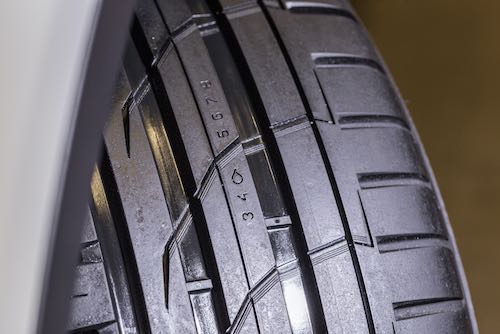Tires play a significant role in helping to protect against hydroplaning. In the summer, the risk of accidents due to hydroplaning is increased. This is because the summer showers can quickly cause a film of water to come in between the road and the tires. Having adequately inflated good quality tires can help protect against hydroplaning because only with sufficient tread (at least 4 millimeters) on a good quality tire can you disperse this water from between the tires and the road to prevent hydroplaning. Make sure also to rotate tires and replace them if the tread is below 4 millimeters.
Good quality tires like Nokian WR G4 all-weather tires or the Nokian Tyres One all-season tires are examples of tires with innovations that protect against hydroplaning. Innovations like “Blade Grooves” help route rain, snow, and slush away from the tires. The unique design of the lateral grooves allows them to store significantly more water between the road and the tires. In addition, there is an accelerated flow from the main grooves. You should note that hydroplaning can also occur with slush (melted snow). Another innovation that protects from hydroplaning is the “Coanda technology,” which are ramp-like curved tread blocks located on the inner shoulder helping to guide the water from the longitudinal grooves into the transverse grooves. Even as the tires wear down, these properties are retained. When replacing tires, you should always replace all four tires at once as this prevents the lower-tread tires from spinning faster than the new ones.
Sometimes even properly inflated good quality tires with more than 4 millimeters of tread hydroplaning can still occur. If this happens, stay calm, take your foot off the brake, steer in the same direction as you are heading, and under no circumstances slam on the brake. During rainy weather, you should always reduce your speed because on wet roads, the faster you drive, the risk of hydroplaning is increased as the tires don’t have enough time to evacuate the water. Make sure to always avoid puddles and standing water, turn off cruise control, go in lower gears, avoid hard braking, don’t do sharp or quick turns. You should also be aware that rain significantly reduces visibility which further increases the risk of accidents. There are more accidents in the summer, with many being caused by sudden rain showers causing hydroplaning. Even in the winter, it is possible to hydroplane with the melting of snow, creating slush. Hydroplaning on slush can also be prevented by using good-quality tires with proper tread.
Both all-season tires and all-weather tires have features to protect from hydroplaning. When keeping tires well maintained, properly inflated, and replacing them with good quality tires like the Nokian Tyres line of tires before the tread goes below four millimeters, then the risk of hydroplaning is significantly reduced. It is, however, essential to stay prudent when driving in the rain. Reduce your speed, use the gears to downshift, slow down around turns.
For more information regarding all-season tires, visit: https://www.nokiantires.com/
